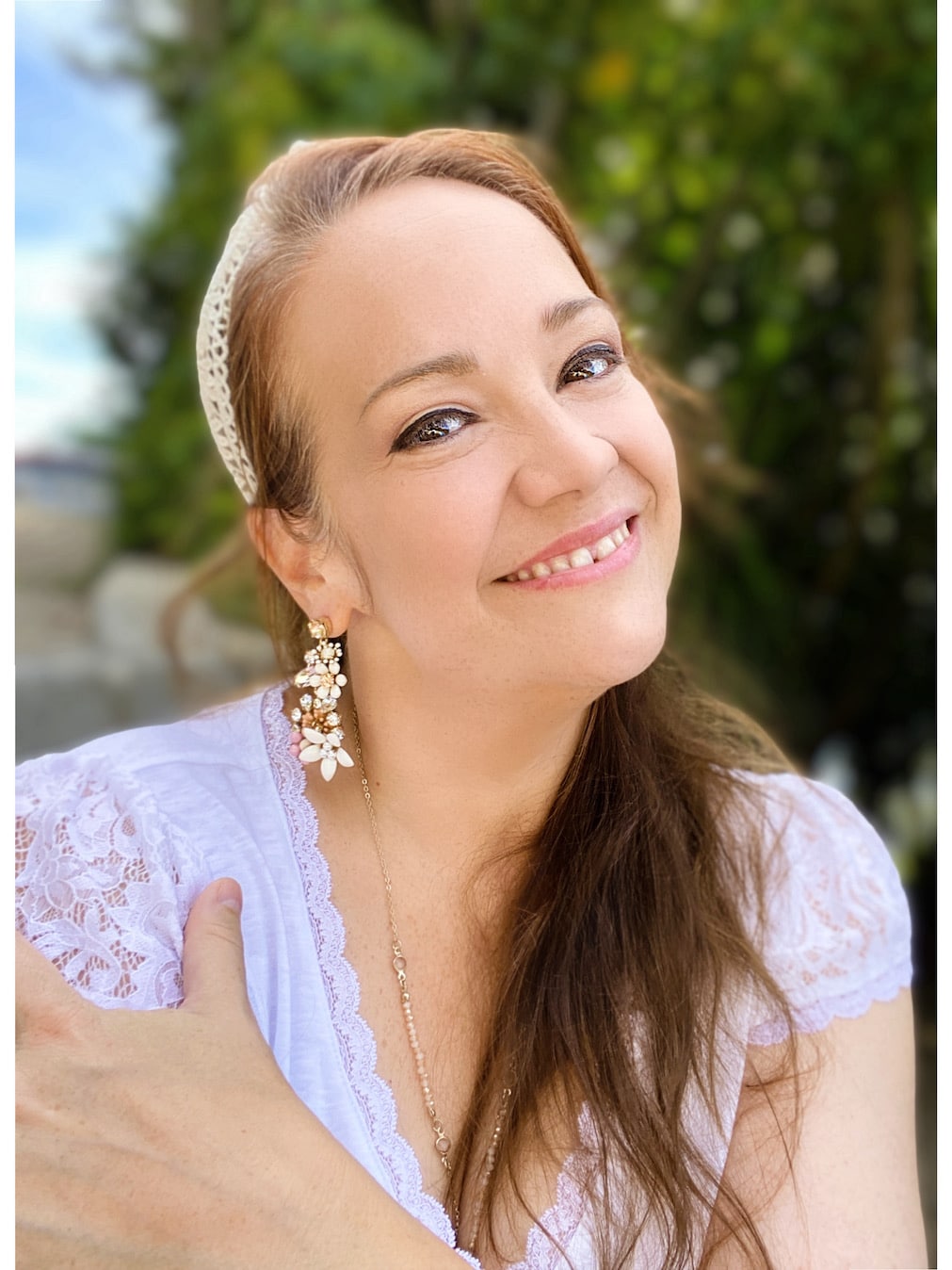Hey there, future organizer! Do you know what a digital hub is? If you don’t, you’ll want to bookmark this post because this is a topic that is a must read if you want to be organized. Selecting a digital hub is all about intentionally choosing where you store your information and files. Choosing the right hub is THE MOST CRUCIAL investment you’ll make when dealing with your digital life. Read on to find out why!
So What’s a Digital Hub?
Thanks for asking! A Hub is what we in the organizing world call that one place where you keep everything. The foundation for being able to organize anything is consolidation, so designating a solid hub is a must in every project. Spreading your information and files out over a ton of devices and storage spots is what creates confusion.
When you designate a good hub, you automatically know where things are, and you don’t have to search for them. All pertinent information that you need (and want to keep) and all of your files should pass through your hub(s), which is also what will enable you to create complete backups of your work.
In digital organizing, there are three types of hubs that can exists:
- Digital Information Hub (DIH) – This is a hub that keeps track of your digital information. Some of the most popular information hubs out there are cloud-based note-taking services, like Airtable, Evernote, Roam, and Notion.
- Digital File Hub (DFH) – This is a hub that keeps track of your digital files. Some of the most popular files hubs out there are cloud-based file-storage services, like Dropbox, Google Drive, and Box.
- Digital Photo Hub (DPH) – This is a hub that keeps track of your digital photos. Some of the most popular photo hubs out there are photo management services, like Adobe Lightroom CC, Forever, and Google Photos.
One? Two? Or More Digital Hubs?
Can’t certain hubs fit more than one of these categories? I hear you asking… Why, yes! And that’s where things get interesting. For example: Photos are files, but often have different needs than other formats, like PDFs. Mainly, this is due to the sheer volume of them that we have, but also because we want to view them front-facing rather than browse them via their file names. Searching and tagging are two must-have features when dealing with photos and graphics whereas it’s less important for documents. And that’s just one example.
Depending on your needs, you may have to use one main hub and additional supporting hubs to fill in the gaps. Having been in the organizing industry for over a decade, I can tell you that there is no one perfect hub, and that just happens to be the reality at the moment. Hopefully that will change over time, but who knows? In the meantime, you have to select the best fit for your needs (though possibly compromise a little), and that’s exactly what I teach in my online course Creative Systems Architect.
How Do I Pick the Right DIH?
Well, that’s a longer answer. So long that I have a whole course about it. To give you some idea though, here is a high-level overview of the considerations that are important:
- A great hub is dedicated
- A great hub is intentional
- A great hub is accessible
- A great hub is high capacity
- A great hub is durable
- A great hub is as predictable as possible
Let’s cover some of these ideas more in depth:
A Great Digital Hub is Dedicated
Digital clutter causes disorganization, which in turn causes stress, so only the information and/or files that you want to keep should be stored in you hub. This is why it’s important to keep tabs on how much digital clutter is going on. The less digital mess, the better.
It’s easy for things to snowball yet still go unnoticed because we can’t hold digital information and files in the palms of our hands. If you have a box in the middle of your living room you might trip over it and know it’s there, but when it comes to digital information and files, you don’t see it. This is why your hub should be free of any irrelevant stuff. It should be a place that you only look for the specific information and files you meant to place there.
A Great Digital Hub is Intentional
Your digital hub should be a place you chose because you thought about it and it made sense. It should NOT be a place that “just happened” without consideration. Take some time to be selective about what the best hub for you will be, depending on what you need to store and how you’ll be using it.
If you’re interested in learning more about that, I teach all about how to designate a solid hub in my course Creative Systems Architect.
A Great Digital Hub is Accessible to You
Your hub should be easy to access whenever you need it. If possible, it should ideally be local, or have the ability to sync locally. This means it shouldn’t be on someone else’s computer, and it shouldn’t be only be in the cloud unless you trust the security features of whatever service you’re using, and you have a way to export and backup your information.
Don’t get me wrong – I love the cloud! It’s great! That being said, you must understand how it works if you’re going to choose a cloud service as your hub. Why? Because sometimes subscriptions lapse, your internet goes down, a service shuts down, or something gets hacked. If that happens, you have to know how to recover your information and files, which – if you’re a beginner – might feel overwhelming and difficult.
Can you use a cloud? Of course! I actually do myself, but I have picked a good one with intention, and I understand its limitations. I back up my information and files regularly, and would know what to do in case of a tech issue.
A Great Digital Hub is High Capacity
Your digital hub should have enough capacity to store all your information and/or files, as needed. In general, information doesn’t take up a ton of space, so you’ll probably be OK here. It’s when you have a hub that is a combination of DIH, DFH, and DPH that this can become an issue because digital files, especially videos, take up a lot of space.
The basic idea of having a hub is to have everything in one place instead of scattered all over your desktop. If you use one hub with lots of storage space for all of it then you won’t have to keep investing in smaller hubs that are divided. This simplifies and streamlines everything. By using this method, you won’t be searching for information and files across multiple devices because there is only one choice. Easy and orderly.
When you can opt for a higher capacity in the beginning, you’re less likely to run into problems. How much storage you need will depends on the types of information and files you are storing, so this will be different for everyone. But, to be on the safe side, look for a storage spot with 1TB of space or more (if fixed), or choose a solution that lets you upgrade over time.
A Great Digital Hub is Predictable
It’s no secret that technology can be unpredictable. With that said, when you decide on a hub you want it to be as predictable as possible. This is a big reason why using an online service isn’t always the best option as a main hub.
In some cases, when you upload content or files to online sources you could be giving over your ownership rights to your content. This is definitely not what you want, so be selective. This happens mostly with photos, but it isn’t out of the realm of possibility it could happen with other files and even information. So it’s truly important that you know what you’re signing up for, and that you’ve made an intentional choice.
Confused About What to Pick? Let Me Help!
There’s no question that it can be difficult to understand what criteria to select and what to choose, especially if you’re trying to grow and scale a business. Fortunately, I’ve been teaching this for well over a decade and have a solid time-tested strategy for how to choose the right hub (and supporting hubs) for your specific needs. If that sounds like guidance you need, you can read more about Creative Systems Architect here!
If you already have a hub, where is it? and how did you pick it?
- About the Author
- Most Recent Posts
Hi there! I’m Caroline, and I’m here to help you get organized and be more productive, so that you can live better and have time for what matters.

